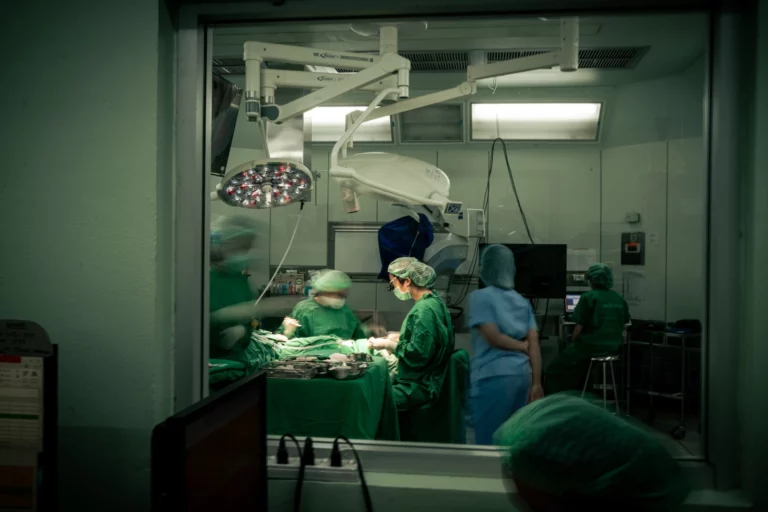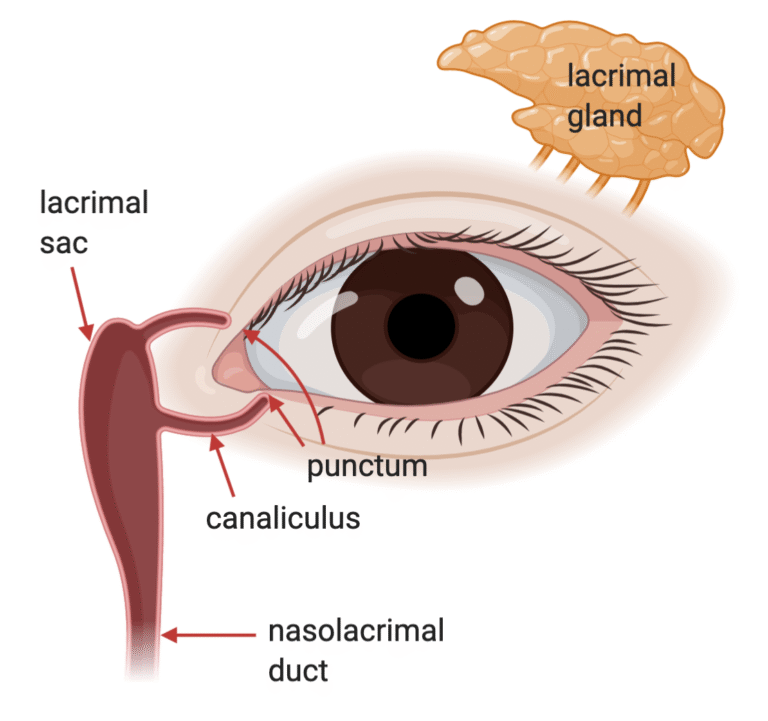What Is an Orbital Tumor?
The orbit is the bony eye socket that contains the eye, muscles, nerves, fat, and blood vessels. A growth in this area is called an orbital tumor. Tumors may be:
- Benign (non-cancerous)
- Cancerous
- Primary (starting in the orbit)
- Secondary (spreading from nearby areas such as the sinuses, skin, or brain)
Orbital tumors can occur in both children and adults. Some grow slowly, while others progress quickly.
Symptoms
Some orbital tumors cause no symptoms in the beginning. Others may lead to:
- Bulging of the eye (proptosis)
- Double vision
- Eye pain or pressure
- Blurred or reduced vision
- Eyelid swelling or drooping
In rare cases, untreated tumors may cause permanent vision loss. If you notice these symptoms, consult an eye specialist who has expertise in orbital conditions.
Diagnosis
Evaluation usually begins with a detailed eye and eyelid examination. Tests may include:
- CT scan or MRI to see the tumor’s size and location
- Biopsy (removal of a small tissue sample) to confirm the diagnosis
Accurate diagnosis is essential in deciding the best treatment.
Treatment Options
The approach depends on the type, size, and location of the tumor:
- Observation – some small, benign tumors may just be monitored
- Surgery – removal of the tumor
- Radiation therapy
- Chemotherapy or immunotherapy
For complex cases, your oculoplastic surgeon may work together with neurosurgeons or ENT (ear, nose, and throat) specialists.
Risks and Complications
Any orbital tumor can affect vision or eye movement. Treatments like surgery also carry risks such as:
- Bleeding
- Infection
- Vision changes
- The need for additional procedures
Summary
Orbital tumors are rare but treatable. Some require only monitoring, while others need urgent treatment. Your oculoplastic surgeon will guide you through diagnosis and recommend the best plan to protect your vision and health.



